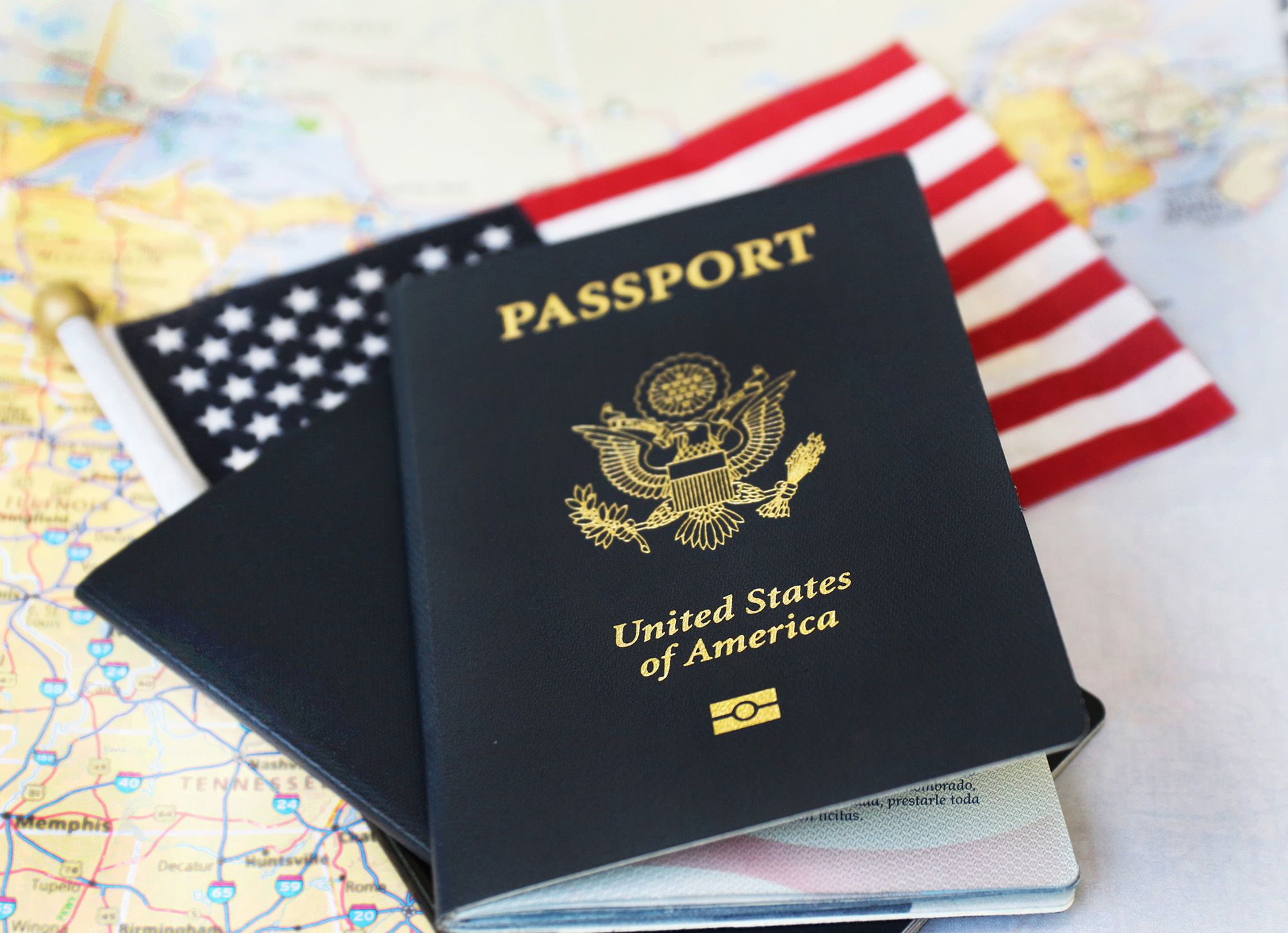Table Of Content

Additionally, visas or travel permits will soon be required to enter the U.K. Additionally, visas or travel permits will soon be required to enter European Union countries. The Enhanced Driver’s License allows you to re-enter the U.S. from Canada, Mexico, and the Caribbean and is valid at land and sea border crossing but not airports.
Accepted Identification for U.S. Citizens & Permanent Residents
As long as you book a closed loop cruise, you can travel to certain destinations without a passport. Because international cruises in Europe and Asia require air travel, these vacations also demand a passport. When embarking on adventures by sea that don’t require a passport, make sure you have the proper cruise documentation.
Alaska Luxury Cruises That Elevate Your Journey In the Last Frontier
There are different rules still if you’re a Lawful Permanent Resident (LPR) of the U.S. While the U.S. government does not require you to have a passport, destinations on the itinerary may have different rules, so it’s always advisable to check. If you are an LPR, you’ll need your I-551, or Green Card, to re-enter the U.S. LPR, you’ll need a passport regardless of whether you’re on a closed-loop cruise or not. Enhanced Drivers Licenses (EDLs) are state-issued enhanced drivers licenses that provide proof of identity and U.S. citizenship. They are issued in a secure process, and include technology that makes travel easier.
Princess Cruises
Hike the historic Railway Trail, consisting of 18 miles of scenic pathway following the course of an old railroad line. Sail round-trip from Los Angeles to the glamorous Mexican Riviera on the recently revolutionized Celebrity Millennium. From buzzing Puerto Vallarta, you could join a whale-watching tour, browse the arty stores, or kick back at the beach to enjoy the soft sand and azure waters of the Pacific.
REQUIRED TRAVEL DOCUMENTS
When this happens, passengers are responsible for flying themselves home or to the next port of call. Unlike closed-loop cruises, airlines do require passports for international travel, which can prove to be a difficult scenario for those cruising without this form of identification. There are currently more than 2,000 ports worldwide for travelers to explore. However, before boarding a ship with international destinations on the itinerary, it's likely the right identification is required. The U.S. Department of State Bureau of Consular Affairs recommends all travelers departing from the U.S. have a passport book in hand. Always check your cruise line’s specific travel document requirements for more information on whether a passport card is an acceptable form of identification for your specific cruise.
Can you go on a cruise with a green card? What US permanent residents need to know about travel documents - The Points Guy
Can you go on a cruise with a green card? What US permanent residents need to know about travel documents.
Posted: Fri, 22 Mar 2024 07:00:00 GMT [source]
Open-Loop Cruises
Guests should double-check the visa requirements with the consulate 14 to 30 days before the cruise starts. If you find yourself without a passport but in need of one, you would need to contact and locate the nearest U.S. embassy or consulate and request an emergency limited validity passport in order to fly home. The process requires explaining your urgent situation, completing an application, and showing your travel documents, photo identification and proof of citizenship. The U.S. Customs & Border Protection agency states that if you're cruising without a passport, you'll need proof of identity and U.S. citizenship in the form of a state-issued birth certificate. It also requires a government-issued driver's license or a photo ID with your name and date of birth.
A passport is typically not required for a closed-loop cruise for United States citizens if the cruise starts and ends in the same U.S. port. Whether it’s a Baja California cruise from San Diego or L.A., or a cruise to Cozumel from the East Coast, Mexico is a great closed loop cruise destination. Discover ancient temples and architecture, sample classic Mexican cuisine, sunbathe on amazing beaches and partake in endless outdoor adventures. Exploring Alaska, Mexico, Grand Cayman, the Caribbean, or the Bahamas on a closed-loop cruise can be thrilling.

Accepted Identification for Canadian Citizens
An example would be a 16-day Panama Canal cruise that sets sail from Seattle and ends its journey in New Orleans. Open-loop cruises require guests to present and carry a valid passport book with (typically) at least 6 months of validity remaining after the last date of their cruise. Be aware that requirements on closed-loop cruises can still change in certain countries, so be sure to check the entry requirements of the specific cruise ports on your itinerary. Some Caribbean nations still require passports or passport cards, like Martinique and Guadeloupe. However, valid identification to board the ship is required; you must also show that identification upon reentry to the US. Blessed with near-perpetual sunshine and stunning beaches, the Bahamas are one of the world’s most popular cruise destinations.
As luck would have it, you’ve suddenly got a few open days in your schedule and a yearning to travel somewhere exotic. If you take closed loop cruises (meaning your trip begins and ends at a U.S. port), you can sail to a variety of dreamy destinations as a U.S. citizen without a passport. So, for example, you can board a cruise ship in Miami, Florida, stop at least one foreign port in places like Mexico, the Bahamas or the Caribbean, and return to the port of Miami afterwards. As a U.S. citizen, you will not need a valid passport to leave and re-enter the United States this way. The WHTI aims to bolster border security while making entry into the U.S. more efficient for U.S. citizens and legitimate international travelers. It’s always advisable to check the specific requirements of your cruise line and the countries you’ll be visiting.
Nathan Diller is a consumer travel reporter for USA TODAY based in Nashville. If travelers get stuck at a port of call, there will be “a lot of red tape you have to get through” to make it home without one, Daly said. The State Department encourages having one "in case of an emergency, such as an unexpected medical air evacuation or the ship docking at an alternate port," according to its website. There’s plenty to do, from snorkeling to golf, exploring the shops and galleries in Hamilton, the pastel-hued capital, and visiting the island’s forts.
It can also be a convenient option when passport-free travel is a priority. That said, there are always important exceptions to consider when it comes to passport requirements and a closed-loop cruise is no different. You must first understand exactly what contiguous territories and adjacent islands are. There is a special rule called the contiguous territory exception that applies to travel between the U.S., Canada, or Mexico. The official definition of a closed-loop voyage originates and ends in the United States.
Additionally, U.S. travelers on closed-loop cruises won't typically have to worry about having a passport to enjoy the experience. Instead, U.S. Customs and Border Protection allows U.S. citizens 16 and older to enter and leave the country using alternative proof of citizenship. Approved forms of identification include a birth certificate or a government-issued photo ID, with additional documentation requirements in place for travelers 16 and under.
Each cruise line has specific guidelines to ensure guests can enjoy a smooth, enjoyable journey and make the most of their travel itineraries. The need for a passport during cruise travel is primarily determined by the nature of the cruise— specifically, whether it’s a closed-loop or open-loop cruise. An enhanced driver's license is another alternative that you can use for land and sea port crossings, but not for international flights.
For instance, you won't need a passport to fly to and cruise out of San Juan, Puerto Rico, or St. Thomas in the U.S. You don’t need a passport to sail through Canadian ports en route to Alaska as long as you start and end your cruise at the same U.S. port. If you are traveling under the Visa Waiver Program, your I-94W (immigration stamp) that you were issued when you first entered the U.S. can be used for reentering the U.S. at the end of your cruise. The cruise must end before your 90-day admission period has expired, and travel beyond the U.S. for more than 30 days is not allowed. Scrambling for a temporary passport can create mounds of paperwork and plenty of headaches, and the time it takes to process is never guaranteed.

No comments:
Post a Comment